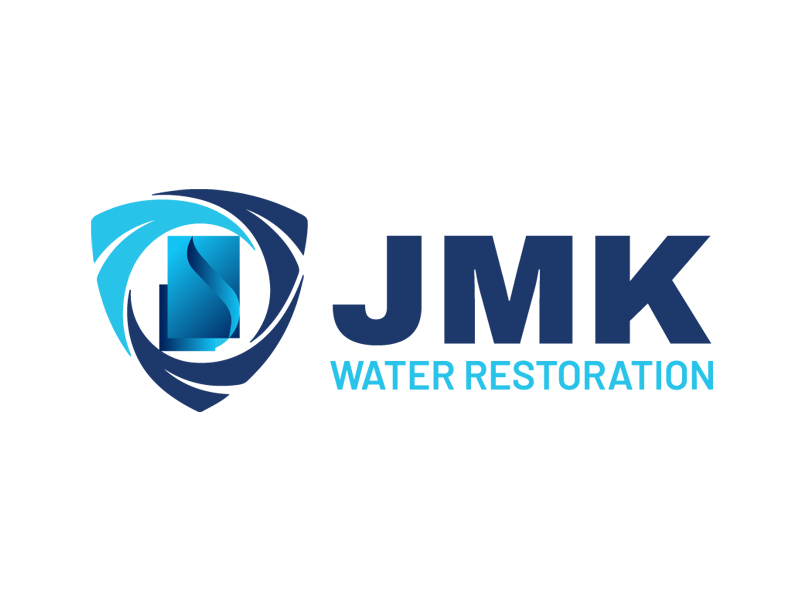The Silent Invader: Mold Under Your Sink – How To Eliminate And Prevent It

Mold is a silent invader that can creep into your home and cause serious damage. It can lurk in the most unexpected places, such as under your bathroom and kitchen sink.
Not only can it cause physical damage, it can also cause health issues. It is important to identify and remove mold from under the sink and take steps to prevent it from returning.
In this blog, our mold removal experts at JMK Restoration will explain how to identify and remove mold from under the sink and = prevent it from coming back. We will also discuss why it’s vital to seek professional help when dealing with mold and how you can get help today.
How Do I Know if It’s Actually Mold?
Peeking around your cabinet, you might notice a strange discoloration or an odd musty smell – two telltale signs of an unwelcome guest in your home. Mold growth is a common issue in many households, and if it isn’t identified and treated quickly, it can cause serious damage to your home and your health.
It can appear in various colors, from black and green to white and orange. It may look like spots of fuzz or a thin film on your walls and other surfaces. It can also leave a musty odor that can be detected from a few feet away. If you see or smell any of these signs, it’s important to take action and identify the source of the mold growth.
How Did I Get Mold Under the Sink?
Finding mold underneath the sink can be concerning, but understanding how it developed can help prevent future occurrences.
Several factors may contribute to mold growth in this area:
- Excess moisture accumulation: Leaky pipes, dripping faucets, or faulty seals can introduce water and promote moisture buildup. This moisture provides an ideal breeding ground for mold.
- Poor ventilation: Limited airflow under the sink can impede drying, allowing moisture to linger.
- Organic matter: Any organic materials present under the sink, such as food residues or paper products, can serve as a food source for mold.
- Lack of maintenance: Neglecting regular inspections and repairs can contribute to mold development. Failure to promptly address small leaks or water damage allows the problem to escalate, leading to mold growth over time.
To prevent mold under the sink, it’s important to address these factors.
Can Mold Make You Sick?
You may not see it, but lurking in the shadows is a potential health hazard that can impact you and your family. This health hazard is mold growth under your sink. Understanding the dangers of mold is essential to protect yourself and your family from the potential health risks they can cause.
As mold grows, it can release spores into the air, which can cause allergies and asthma attacks. In addition, some molds can produce toxins, which have been linked to respiratory illness, memory loss, and even cancer. It is important to take the time to identify and address any mold growth in your home and take steps to prevent it in the future.
Should I Use Bleach to Clean Mold?
Using bleach to clean mold from under your sink may seem like an effective solution, but it’s actually not recommended. Bleach is a harsh chemical that can cause damage to the surface it’s applied to and even worsen the mold problem by breaking down the material that the mold is growing on.
Furthermore, bleach is ineffective at killing mold spores, so it’s unlikely to completely eliminate the problem. It may be better to use a natural cleaner and scrub away the mold with a brush or to call a professional to take care of the issue.
How to Get Rid of Mold Under Sink
If the mold is confined to a small area, the best way to remove it is to use a strong commercial mold remover. These cleaners should be used according to the manufacturer’s instructions, and proper safety measures should be followed, such as wearing rubber gloves and a face mask.
If the mold is widespread and difficult to remove, it may be necessary to have a professional mold removal service come in and take care of the problem. The service will use specialized tools and techniques to eliminate the mold and help prevent it from returning. It is also important to identify and address the source of the mold, such as a leaky pipe, to prevent further growth.
What Do to Prevent Mold Growth in the Future
To ensure the safety of your home and family, it’s important to actively prevent mold growth in the future. The best way to protect against mold is to keep the area around the sink dry, as mold thrives in damp environments.
To do so, you should:
- Check for any water leaks or dripping faucets, and fix them immediately.
- Ensure that the area is properly ventilated, as this will help reduce moisture in the air.
- Keep the area around the sink clutter-free, making it easier to clean and spot any mold.
- Regularly clean and disinfect the area, as this will help prevent mold from growing.
Why You Need Professional Mold Remediation
Professional mold remediation is an excellent option if you’re looking for a more permanent solution to the mold issue. Professional mold remediation typically involves a team of experts who will come in and assess the extent of the mold problem and determine the best course of action.
This can range from simply removing the contaminated materials to more thorough measures such as encapsulation, where the affected area is sealed to prevent further growth.
At JMK Restoration, our professionals will take the necessary steps to remove the mold safely, using professional-grade equipment and procedures. We can also help you prevent future mold problems and help you maintain a clean home. Contact us today for a quote.
